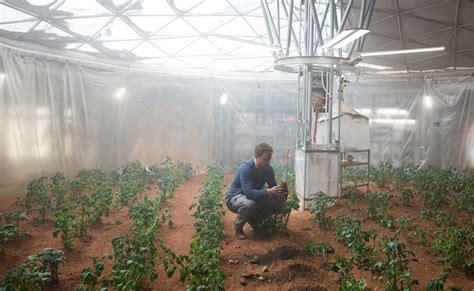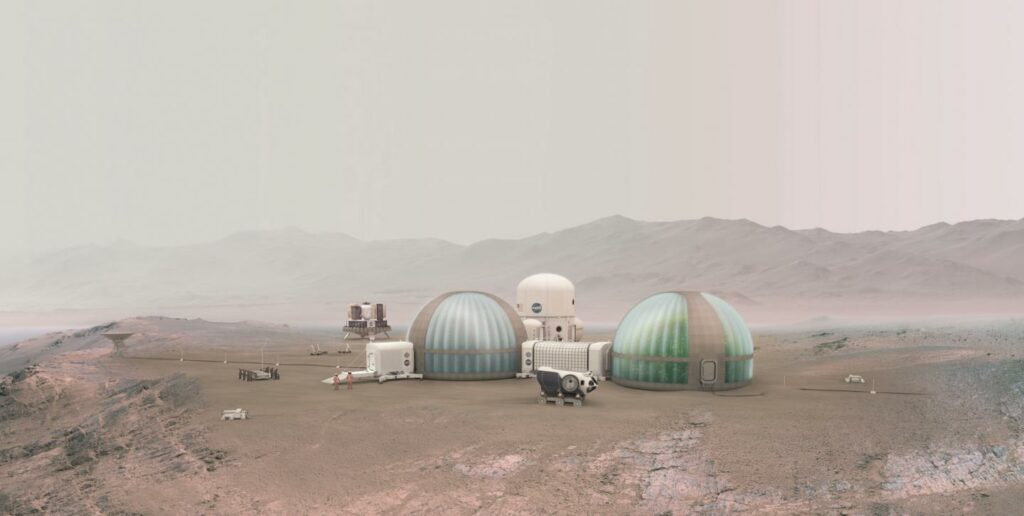
When it comes to growing food on Mars, neither Matt Damon nor Andy Weir got it exactly right.
In the movie (and very good book), “The Martian,” Matt Damon’s character, Mark Watney, raises grows using martian soil and “metabolic waste.” However, while it fits nicely in a two-hour movie, not surprisingly, the reality is much more complicated.
Geologists from the University of Georgia investigated how feasible really would it be to make food solely with what Mars has to offer — and this is important to know. If astronauts are to live on Mars for extended periods of time or even permanently settle the planet, they’ll have to grow their own food there.
In a new study published in the journal Icarus, the researchers evaluated mixes of artificial soils that mimic those found on the Red Planet to determine just how fertile martian soil might be.
“We want to simulate certain characteristics of materials you could easily get on Mars’ surface,” said Laura Fackrell, UGA geology doctoral candidate and lead author on the study. “Simulating the mineral makeup or salt content of these Martian mixtures can tell us a lot about the potential fertility of the soil. Things like nutrients, salinity, pH are part of what make a soil fertile and understanding where Mars’ soils are at in that spectrum is key to knowing if they are viable and if not, are there feasible solutions that can be used to make them viable.”

Using data gleaned from NASA surface samples, the researchers studied regolith, or the loose material near the martian surface, to develop the simulants. The samples contained the core ingredients needed for food, such as nitrogen, phosphorus and potassium, despite the harsh atmosphere that comes with living on the Red Planet.
The presence of these nutrients does help hurdle one of the primary obstacles, but there are still more challenges said Fackrell. “One problem is, their presence doesn’t mean they are accessible to plants. If you actually put a plant in the ground–just because the iron or the magnesium is there doesn’t mean the plant can actually pull it out of the soil.”
Using simulated Martian soils, Fackrell and fellow researchers have found the textures of artificial stimulants to be crusty and dried, which suggests soils on Mars could be challenging to work with. But there are ways to help combat the problem. Specific types of bacteria and fungi that are known to be beneficial for plants, could support them under stress conditions like those found on Mars.
It’s also uncertain if the nutrients are present in sufficient quantity or so high in concentration that they are toxic to plants. It’s a bit akin to some places on Earth which can’t support growing food without human intervention such as irrigation and soil amendments.
“There are multiple ways you can look at it, but one option might be to use what’s already there as a potting medium, and figure out if that’s a viable way to do it or if you have to bring all the plant materials with you,” Fackrell said. “The question of whether we can use Mars soil to provide that food will go a long way toward determining the feasibility of manned missions.”


